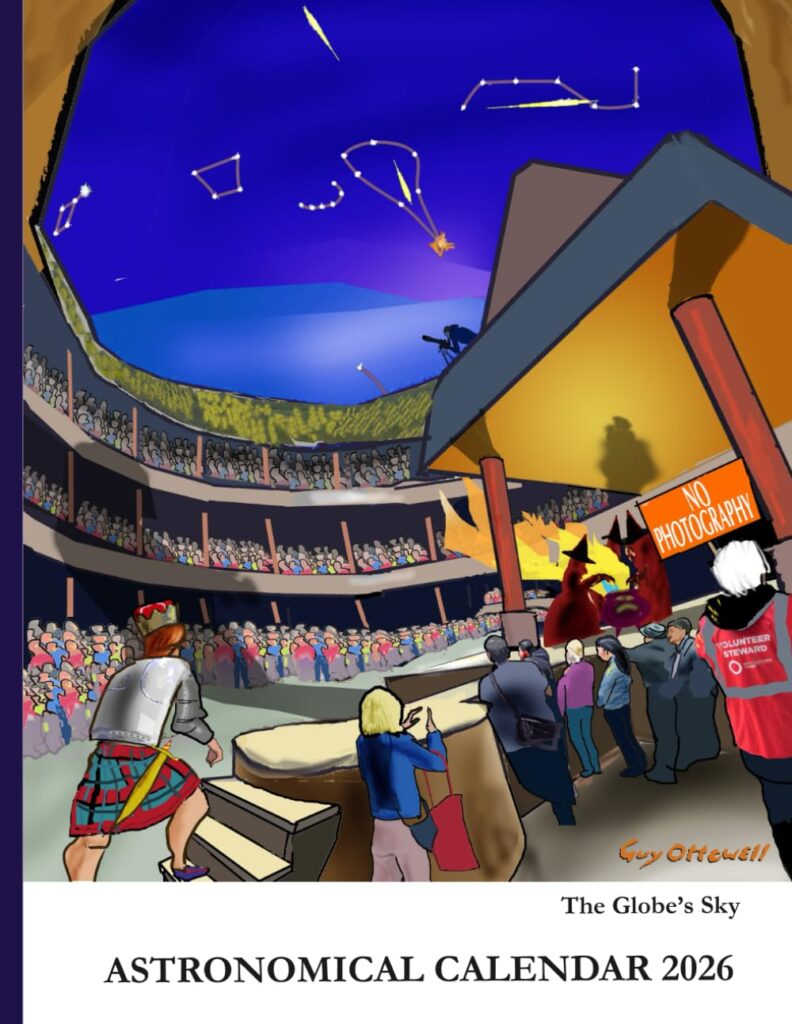Now Reading: Interplanetary Phenomenon Unit Revealed as a Myth in UFO Investigations
-
01
Interplanetary Phenomenon Unit Revealed as a Myth in UFO Investigations
Interplanetary Phenomenon Unit Revealed as a Myth in UFO Investigations


The concept of an “Interplanetary Phenomenon Unit” has long fascinated and perplexed both enthusiasts and skeptics in the context of UFO investigations. However, a closer examination reveals that this supposed unit—often cited in discussions surrounding unidentified aerial phenomena—may be more myth than reality. Instead, what is likely being referred to is the Input Processing Unit (IPU) of Army Intelligence, which served a distinctly different purpose.
To understand the IPU, one must delve into the context of its creation during the post-Sputnik era, a time marked by rapid advancements in space technology and heightened military interest in both foreign and domestic aerospace activities. This established a climate where the military began compiling and processing a plethora of reports, including those related to UFO sightings, which were frequently transmitted to them via teletype correspondence from the Air Force’s Project Blue Book.
In the tumult of bureaucratic history, the IPU’s true function became obscured. Initially, it served as a mailroom for the reception of scientific and technological documents. The designation “Input Processing Unit” became entangled in the larger narrative of UFO phenomena when a key figure, Craig Hunter, erroneously linked the unit’s acronym to “Interplanetary Phenomenon.” Hunter’s recollection, as noted in several Freedom of Information Act (FOIA) replies, provides a window into how misremembered details can morph into widely accepted misconceptions over time.
This confusion has persisted for decades, leading many to assert the existence of a specialized unit dedicated to extraterrestrial encounters, which simply does not exist. Instead, it was the naturally evolving nature of military intelligence functions that eventually reshaped the IPU into a formally recognized Input Processing Section within the Army’s Foreign Science and Technology Center (FSTC). This transformation, happening around 1962, has sometimes been misinterpreted as a disbanding of the unit. In reality, the IPU evolved into a more complex structure, likely still functioning today under the auspices of the National Ground Intelligence Center (NGIC).
The NGIC plays a vital role within the Army by providing critical scientific and technical intelligence and general military intelligence concerning foreign ground forces. It is emblematic of how intelligence organizations adapt and evolve to meet the demands of modern military operations. By establishing a clearer understanding of the IPU’s historical context and operational functions, we can better parse the noise surrounding UFO discussions.
Moreover, the legacy of Project Blue Book and its subsequent coverages remains a critical factor in the narrative of military UFO investigations. Project Blue Book sought to catalog and analyze UFO sightings during its operation, yet many documents from this era remain classified or have been lost to time. This lack of concrete evidence further complicates the appearance of the IPU in discussions about extraterrestrial life.
As we learn more about the nature of these organizations, it becomes imperative to approach claims surrounding these military units with a spirit of scientific inquiry and skepticism. While the existence of unidentified aerial phenomena remains a captivating subject, it’s important to distinguish between sensational stories and substantiated historical facts.
In closing, the narrative surrounding the Interplanetary Phenomenon Unit primarily revolves around an organizational misapprehension rather than a mysterious and secretive division dedicated to exploring extraterrestrial life. As enthusiasts and researchers of UFO phenomena continue to seek the truth, clarity in military history and proper interpretation of intelligence functions will remain pivotal.
Stay Informed With the Latest & Most Important News
Previous Post
Next Post
-
 012024 in Review: Highlights from NASA in Silicon Valley
012024 in Review: Highlights from NASA in Silicon Valley -
 02Panasonic Leica Summilux DG 15mm f/1.7 ASPH review
02Panasonic Leica Summilux DG 15mm f/1.7 ASPH review -
 03How New NASA, India Earth Satellite NISAR Will See Earth
03How New NASA, India Earth Satellite NISAR Will See Earth -
 04And Thus Begins A New Year For Life On Earth
04And Thus Begins A New Year For Life On Earth -
 05Astronomy Activation Ambassadors: A New Era
05Astronomy Activation Ambassadors: A New Era -
06SpaceX launch surge helps set new global launch record in 2024
-
 07From Polymerization-Enabled Folding and Assembly to Chemical Evolution: Key Processes for Emergence of Functional Polymers in the Origin of Life
07From Polymerization-Enabled Folding and Assembly to Chemical Evolution: Key Processes for Emergence of Functional Polymers in the Origin of Life




















